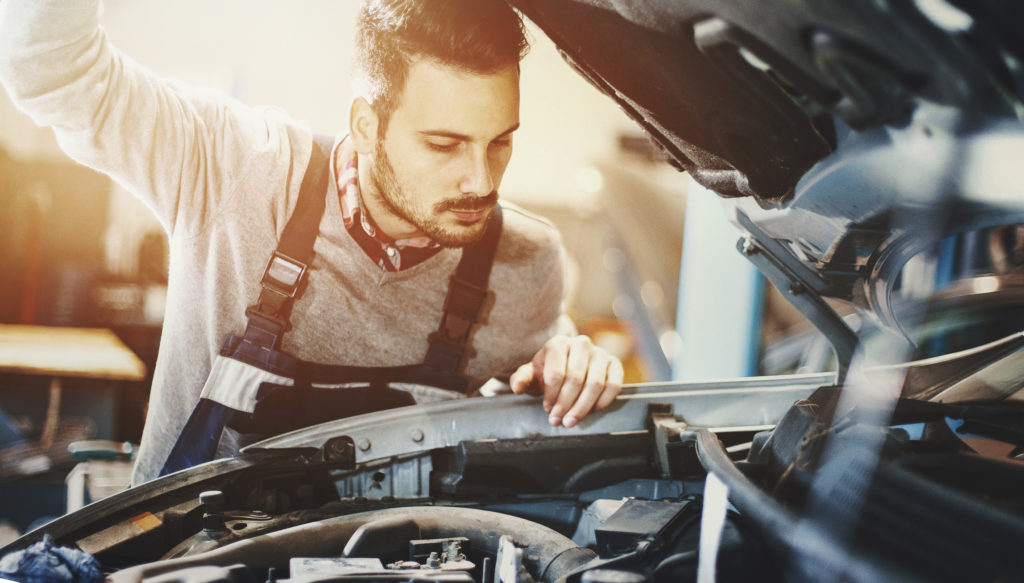
Every driver is responsible for maintaining their vehicle. If they do not, they can certainly be deemed liable if their negligence causes an accident.
Let’s explore some common types of accidents that can be caused by poor vehicle maintenance, and how liability is determined in these instances.
How improper maintenance can cause accidents
There are numerous ways in which a driver can cause an accident by failing to maintain their vehicle:
• If a driver neglects to replace a worn-out or flat tire, he or she could lose control of the vehicle and cause a crash.
• A worn-out tire could fling shrapnel at other vehicles or in the path of other vehicles, causing another driver to lose control of their car.
• If a driver fails to repair their brakes, they could lose the ability to stop, resulting in a crash.
• Old vehicles may have rusted parts. If a driver does not replace them or stop driving the vehicle, the rusted parts may fall off, creating road hazards that lead to accidents.
• If drivers let their power steering fluid run out, they may lose the ability to steer the vehicle and cause a collision.
• Many drivers feel windshield problems are insignificant, but they can cause severe problems. A crack can reduce visibility or suddenly cause the glass to shatter if the driver goes over a bump. This could distract the driver and cause an accident. If the driver fails to repair faulty windshield wipers, he or she may not be able to see in the rain and crash into the vehicle in front of them. Likewise, a broken defroster can make a windshield icy and foggy, causing a lack of visibility.
• Faulty headlights compromise drivers’ visibility at night. Broken taillights or brake lights make it difficult for other drivers to see the vehicle or know it is stopping. This can cause severe or even chain-reaction collisions at night.
• If a driver has been informed of a recall due to a defective part but refuses to get the part replaced, he or she may be liable if a malfunction causes an accident.
Determining liability in vehicle maintenance-caused accidents
In many instances, the driver will be deemed liable for the accident if it can be proven that he or she neglected to maintain the vehicle. In some cases, however, the maintenance problem may be the auto mechanic’s fault. We address what happens when an auto mechanic or auto repair shop is liable for an accident in this article.
It can be challenging to prove a person was aware of a problem with the vehicle but failed to get it repaired, or that the person has a record of poor vehicle maintenance.
Therefore, in these cases it is smart to consult with an experienced personal injury attorney. The Lamber-Goodnow Personal Injury Law Team offers free, no-obligation consultations. We will explain your legal options. If you choose to retain our services, we will conduct a thorough investigation of your claim. We will typically examine the police report, the accident scene, photographs, witness testimony, medical bills, and more.
In some cases, we consult with accident reconstruction experts and/or mechanical experts. We may also obtain data from the vehicle’s black box, which may tell us the condition of the vehicle immediately prior to the accident. In addition, we may subpoena video surveillance footage of the scene.
Maintaining your own vehicle to avoid accidents
To circumvent mechanical failures, make a habit of regularly checking:
• Tires: Inspect your tires for signs that they need to be replaced, including uneven, worn or bulging tread. Regularly check your tires’ air pressure, and make sure your tires are filled to the required level. This not only makes the vehicle safer but also helps the vehicle use less fuel.
• Brakes: Check your brakes if they are making a squealing or metallic noise, if the vehicle pulls to one side when you apply the brakes, if there is a soft or spongy feeling when you press the brake pedal, or if a pedal slowly sinks to the floor when you are holding pressure on it while stopped. It is also important to check brake fluid regularly.
• Steering: Steering fluid levels need to be checked regularly. Additionally, a vehicle’s tie rod will wear over time, causing the vehicle to wander or the driver to lose control of the steering wheel.
• Suspension: Visually inspect your suspension, and have your shock absorbers or strut replaced if they are worn or damaged. A sign that your suspension may need checked is if you experience excessive swaying and bouncing while driving.
• Wiper blades: Regularly check to see if your wiper blades are working, and have them replaced before you have to use them in bad weather.
• Headlights and taillights: Make sure to inspect your headlights, taillights and brake lights, and replace any broken or dim lights.
#KC


